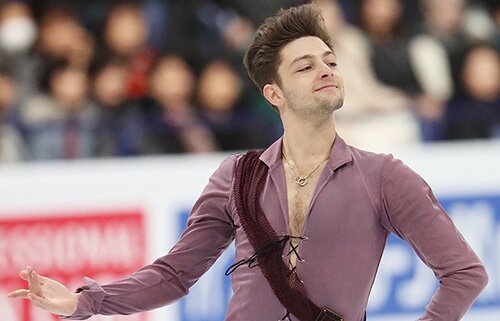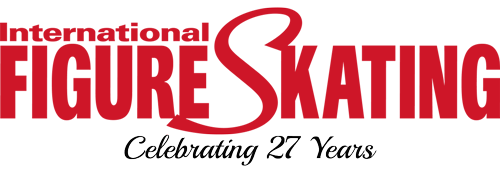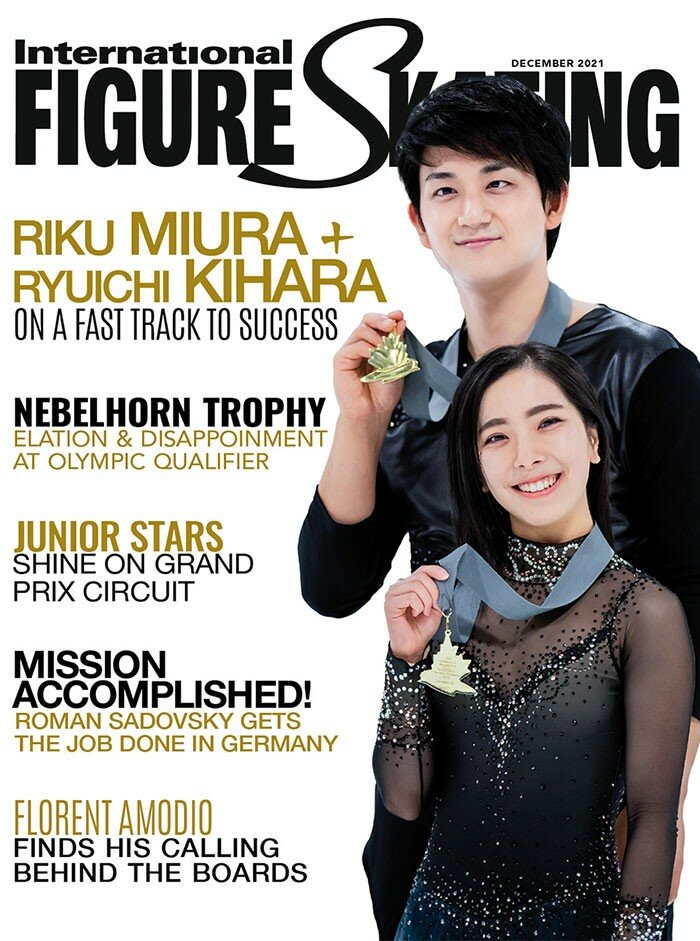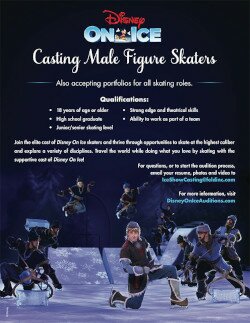
When Australia’s Brendan Kerry skated into 15th place at the 2017 World Championships, he felt as if a huge weight had been lifted off his shoulders. His placement guaranteed his nation — and likely himself — a berth in the men’s event at the 2018 Olympic Winter Games.
“Worlds this year — keeping in mind that an Olympic quota spot was on the line — was a lot more nerve wracking than not only any other World Championships I have competed at, but a lot scarier than competing at Nebelhorn in 2013,” Kerry said in reference to the last-chance qualifier for the 2014 Olympics. “Having done pretty well at the past few World Championships, there was an expectation that I should be able to hold my own in that field in Helsinki.
“I think it was the highest level of skating ever at a World Championships, not only in the men’s field but across all the disciplines.
“In terms of the experience as a whole I was really excited, but I was also a bit disappointed afterwards. I felt as if I had put too much focus on solidifying a quota spot for the Olympics and I held back a bit in my performances, just doing safe skates. I felt like I really could have done more.
“But at the end of the day, there was one job to get done there and I did that so I am pretty ecstatic and really relieved overall. I earned two personal best scores and that was really all I could have asked for.”
Although Kerry enjoyed the most successful season of his career to date, it still had its share of ups and downs. He was satisfied with his results at the pre-season events he contested, but his performances at his two Grand Prix assignments were disappointing. “I was very weak. I was dealing with a few injuries and I also got really sick. I kind of let that get to me,” said the 22-year-old who hails from Sydney. “When I was healthy I was focusing on the negative, rather than trying to make up for lost time.”
Kerry won his fifth national title in December, which ranks him third in all-time national victories behind Cameron Medhurst and Anthony Liu, who each claimed seven. “I did well at nationals and then I did a bit better at Golden Spin in Croatia,” Kerry said of his fifth-place result. “There were some positives there, and also some negatives to build on.”
He finished 11th at Four Continents, his best result in seven appearances at the event and eight places higher than he ranked the previous year.
Kerry, who trains in Riverside, California, under the direction of coach Tammy Gambill, is already preparing for the Olympic season. “I don’t want to be a hit and miss competitor any more. I really want to maintain a constant rate of improvement with personal bests at as many events as possible,” he said. “I want to up the technical difficulty in both the short and the long programs for next season.
“I plan to have two new programs for the Olympic season. The short is going to have two quads and the free is going to have at least three quads — possibly four — depending on how my training goes during the off-season. I am still a bit injured so I am not practicing the toe jumps very much at the moment, but the goal is to kind of compensate for that by working on the others a bit more and build consistency.
“I started landing the quad loop — it’s a little bit scary — maybe I’ll do that one, too.”
His placement at Worlds guaranteed Kerry one Grand Prix assignment. He will open his season at Skate Canada International in October.
Kerry’s teammates, Ekaterina Alexandrovskaya and Harley Windsor, the reigning World junior pairs champions finished 16th in their debut at the senior World Championships. If they score an Olympic berth at 2017 Nebelhorn Trophy, it will be the first time in 24 years that an Australian pairs team will compete at an Olympic Winter Games.
“Skating in Australia has had its ups and downs and I would say this is the furthest up it’s been,” Kerry said. “I think it’s awesome that we’re so close in time to the next Olympics and there’s a big push for our winter athletes to step it up. We’re heading in the right direction which is pretty good.”
(Originally published in the IFS August 2017 issue)




